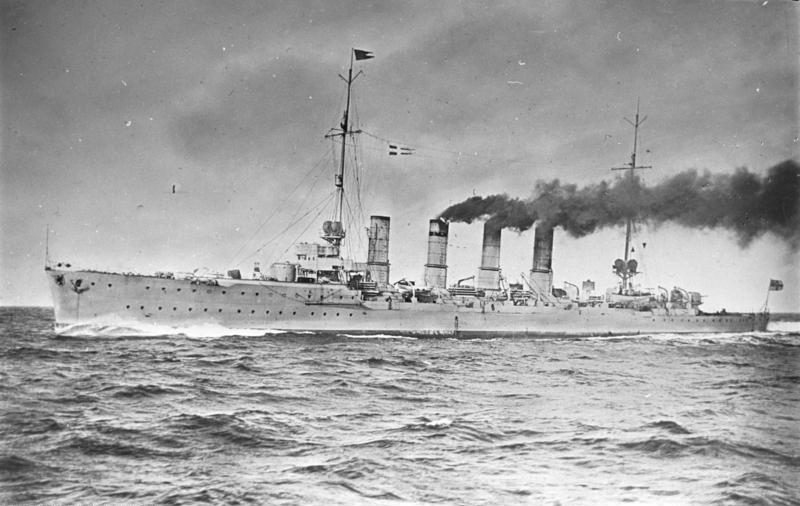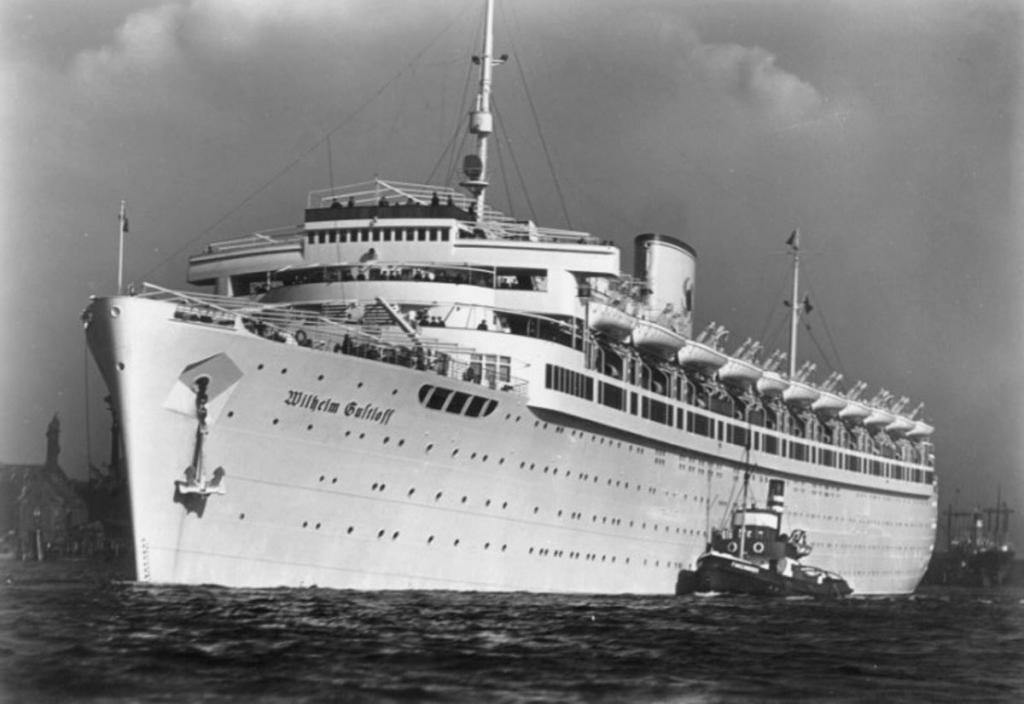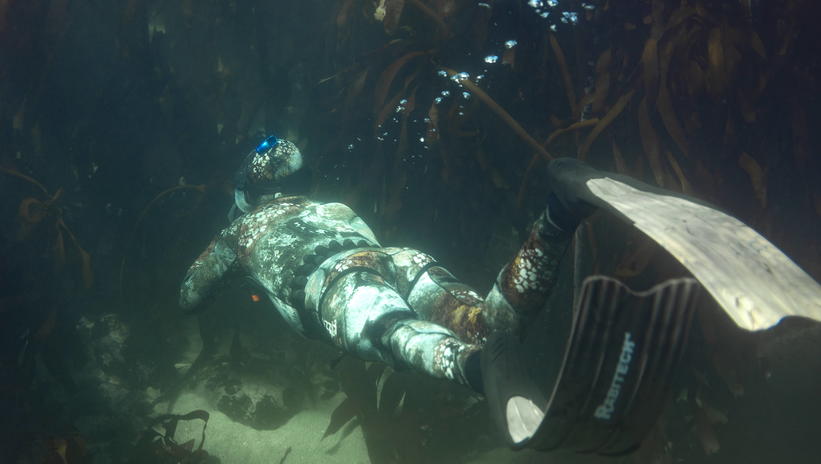
Karlsruhe steamer found at the bottom of the Baltic Sea. Was the Amber Room on board the wreckage?
Polish divers found the "Karlsruhe" steamer sunk in 1945 on the bottom of the Baltic Sea. The circumstances related to the sinking of the ship and the location of the wreck sparked a discussion as to whether the Amber Room could have been on board?
On Wednesday, September 29, 2020, the world was informed about the discovery of the wreckage of the German ship "Karlsruhe", made by Polish divers, on the bottom of the Baltic Sea near Ustka. This information was provided by Tomasz Stachyra, who led the search for the sunken vessel.

Operation Hannibal and SS Karlsruhe's final voyage
The German steam ship Karlsruhe was built at the Bremerhaven shipyard in 1905. It was 66.3 m long and over 10 m wide, and its displacement was 897 tons.
A steamship, along with numerous other vessels, including ships "Wilhelm Gustloff" and "Goja"And"Steuben", Took part in the sea evacuation of German soldiers and civilians from Courland, East Prussia and the Polish Corridor (Pomeranian Voivodeship). This German operation was code-named "Hannibal". The action began on January 13, 1945 and lasted almost 4 months.
It was the largest naval evacuation operation in historyduring which 350,000 people were evacuated to the Third Reich. soldiers and nearly 900 thousand. refugees. It is estimated that up to 1,080 ships and transport vessels of all types, including fishing boats, could participate in Operation Hannibal.
The last voyage Karlsruhe took place April 12, 1945 year. The steamer then left Piława (today's Bałtijsk), and the destination port was to be Królewiec (today's Kaliningrad). It carried 1083 people on board, including the crew, including 150 soldiers from the regiment "Herman Goring", 25 railway workers and 888 refugees. There were 360 tons of cargo and military vehicles in the hold.
On the same day in the evening a convoy was established in Helwhich included 4 freighter and 3 minesweepers. The next day, on the morning of April 13, the convoy was tracked by Soviet planes and then shelled. As a result of the attack Karlsruhe sank.
Within 3 minutes, it took all the cargo and most of the travelers to the bottom, of which only about 100 survived.

Discovery after a year of searching
The search for the vessel was carried out by the "Baltictech" diving group, headed by Tomasz Stachura, and lasted about a year.
The exact location of the sinking of the "Karlsruhe" was unknown. The team of prospectors only had a report from the Soviet pilots who passed the attack on the vessel, which included as many as 5 different possible positions for the sinking of the steamer. However, the searchers knew the approximate route followed by the ships during Operation Hannibal, but a section of the seabed nearly 20 nautical miles could be searched.
Based on the information available, the team selected several dozen sites along the probable route, which were examined with the help of an echo sounder. As a result of the research carried out in April 2020, as many as 22 objects were located, of which only one could correspond to the dimensions of the sunken steamer. The search was successful. The wreck was found at a depth of 88 meters, several dozen miles from Ustka.
During three dives, made by the research team in June and September 2020, extensive photographic and film documentation of the wreckage was made. Divers have no doubts that the found wreck is "Karlsruhe" because they had previously had detailed information about the structure of the steamer, the location of the chimney, anchors, screws and portholes - explained Tomasz Stachura.

Load
After the discovery, it turned out that the "Karlsruhe" was sinking in a vertical position and hit the bottom with its beak, and then it settled on the keel. The position in which the ship sank and hit the bottom of the Baltic Sea displaced the entire load and ended up in the forward part of the vessel, explains the diver.
Much of the cargo, including vehicles and irregularly sized crates with unknown contents, ended up under the silt.
As it results from the documentation and account collected by divers Tomasz Zwara, one of the team members:
"Karlsruhe" left the port of Piława in a great hurry and with a large load, after the Germans had to evacuate Królewiec. All this, put together, stimulates the human imagination. Finding a German steamer and crates with contents unknown at the moment, resting on the bottom of the Baltic Sea, may be significant for the entire history.
Was the Amber Room on board?
Amber Chamber, i.e. the room lined with six tons of precisely processed amber, was a gift from the Emperor of Prussia William I. for the Tsar of Russia Peter I.
The chamber decorated the Yakatierin Palace in Tsarskoye Selo since 1755. In 1941, it was looted by Nazi Germany and kept at the castle in Królewiec until the end of the war. During the retreat in front of the Red Army in 1945, the room was transported again, and no traces of it were found.

The only person who could know the possible fate of the Amber Room was the head of the East Prussia district, gauleiter Erich Koch. However, the Nazi died in the Barczewski prison, taking the secret of the legendary treasure to his grave in 1986.
The discovery of the wreckage of "Karlsruhe" and the mysterious cargo it was carrying, reawakened the imagination and hope of researchers for finding the treasure.
Is the Amber Room in the crates in the hold of a steamboat resting at the bottom of the Baltic Sea? It is not known. Perhaps time will provide an answer as the explorers of the wreck want to continue exploring the cargo.
Good luck!
Source: PAP







